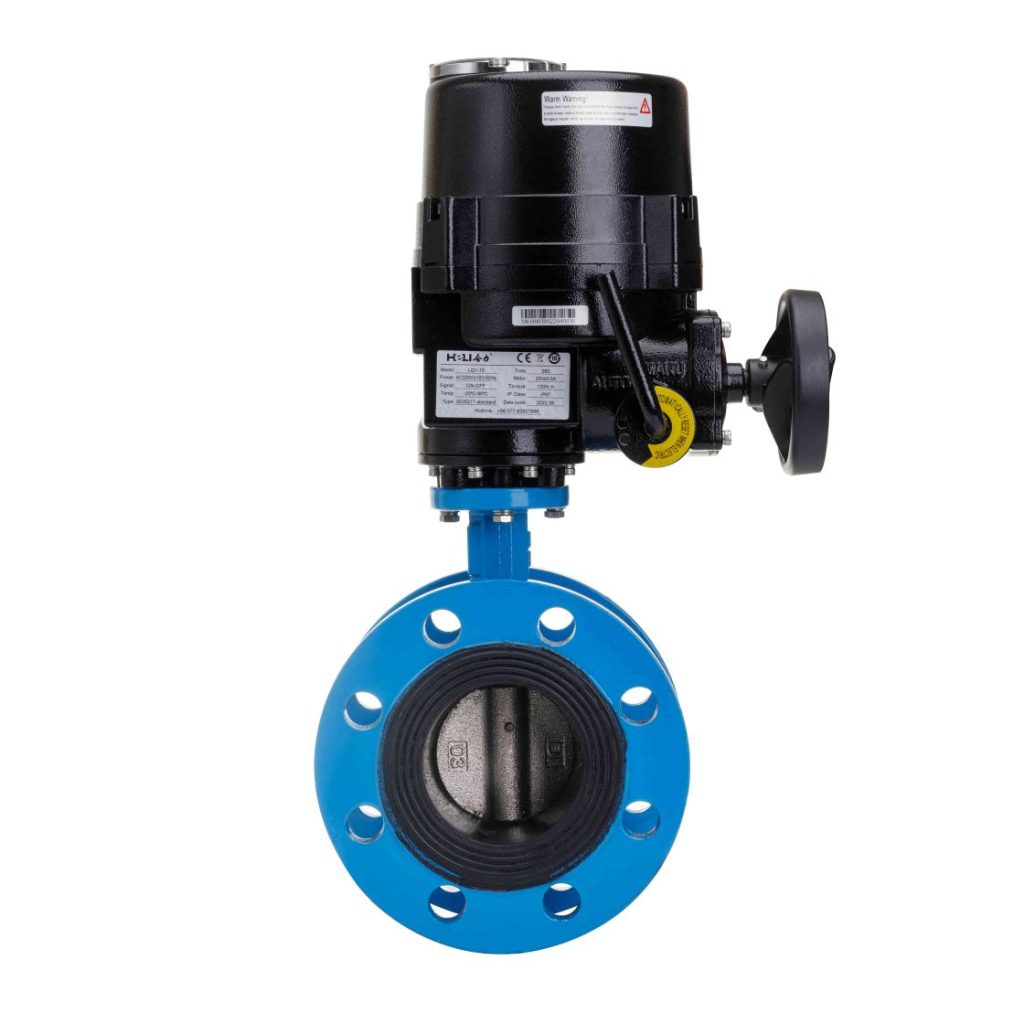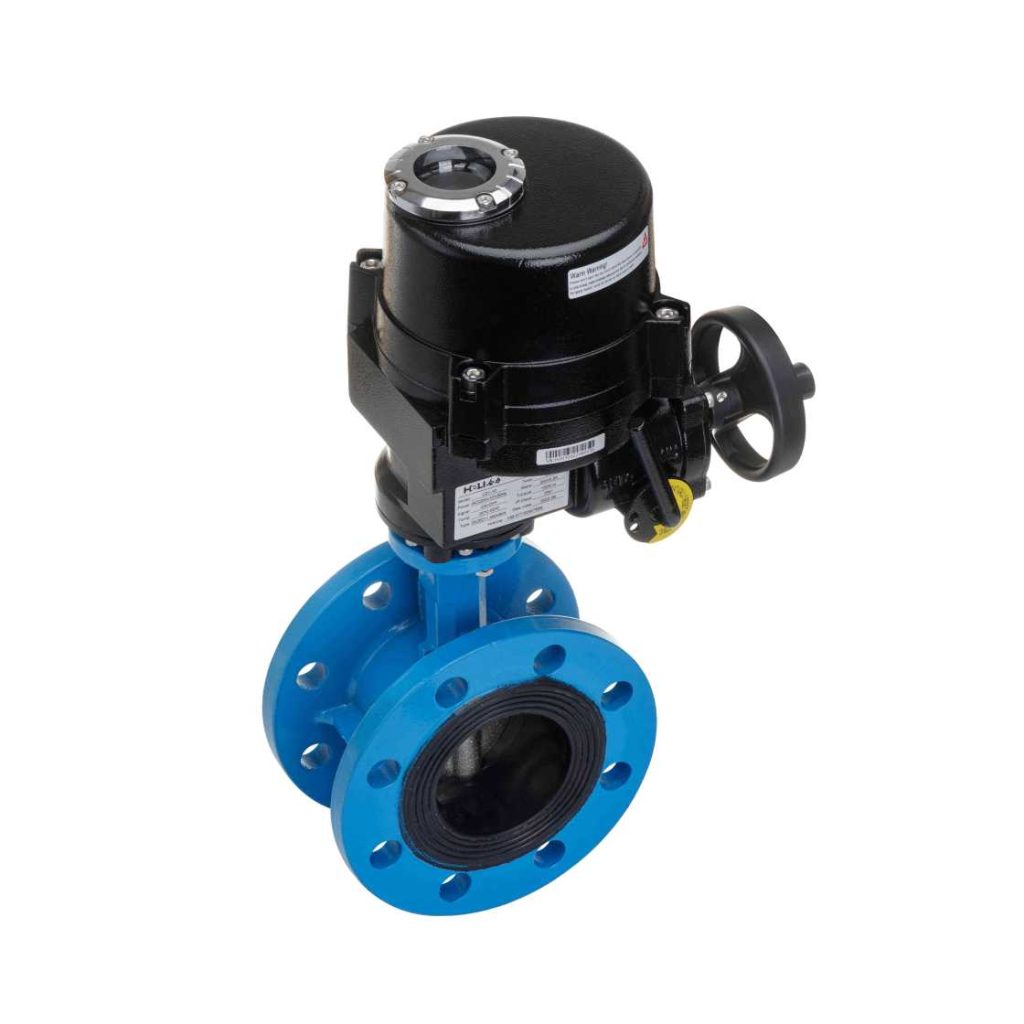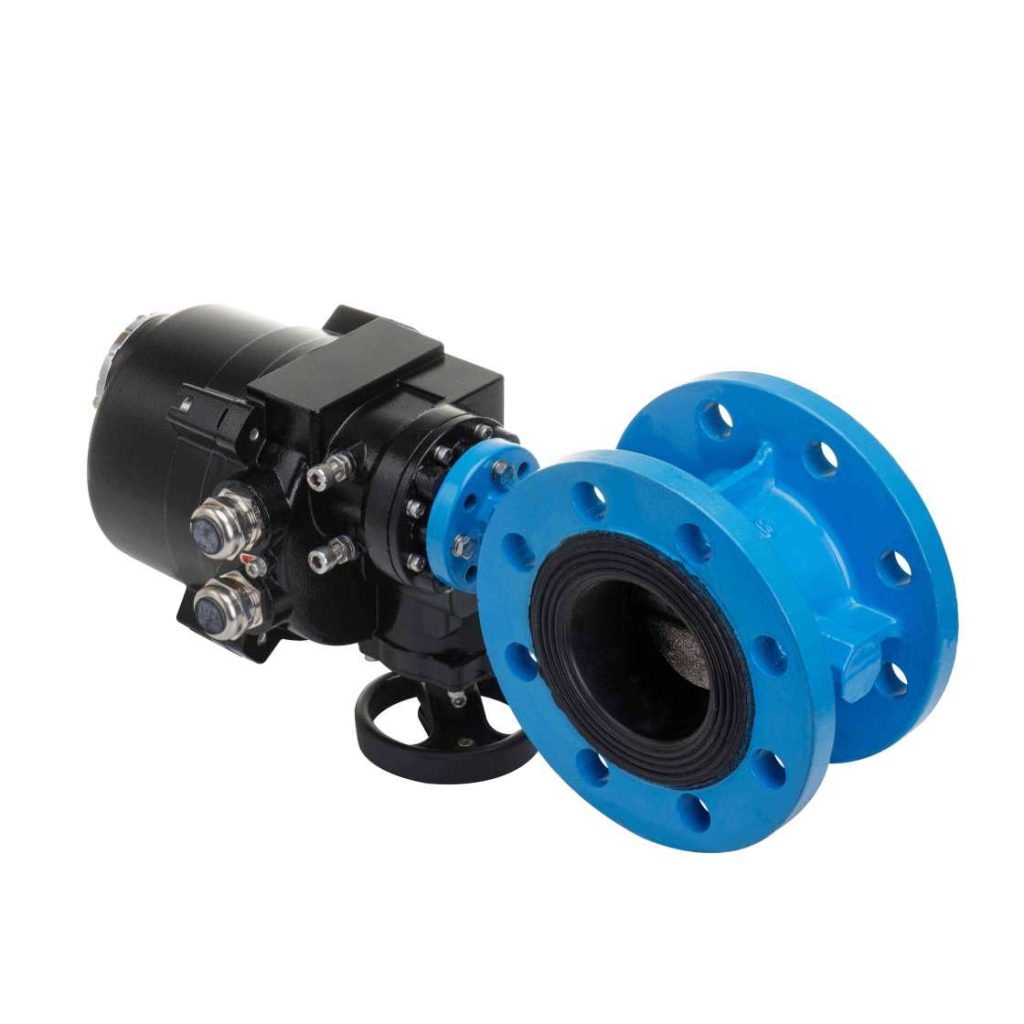An electric flanged butterfly valve is a type of industrial valve that uses an electric actuator to control the flow of liquids or gases through a pipeline. Known for its compact design, efficient performance, and ease of use, this valve is widely employed across various industries, including water treatment, oil and gas, chemical processing, and HVAC systems. This article will explore the design, operation, advantages, and applications of electric flanged butterfly valves, providing a thorough understanding of their role in modern industrial systems.

Design and Components

The electric flanged butterfly valve consists of several key components: a valve body, a disc, a stem, a flange, and an electric actuator. The valve body is typically made from durable materials like stainless steel, cast iron, or ductile iron to withstand the pressure and environmental conditions it operates under. The disc, which is the primary element of the valve, is mounted on a central shaft and rotates to control the flow of fluid. The flange design refers to the valve’s connection method, where flanges are mounted at the ends of the valve to allow for easy installation into a pipeline using bolts or welding. This feature makes it ideal for pipelines where quick installation and maintenance are necessary. The stem connects the disc to the actuator, transferring the mechanical movement required to open or close the valve.
